- Home
- About Us
- Products
-
Heat-Pump Dehumidifier DeAir
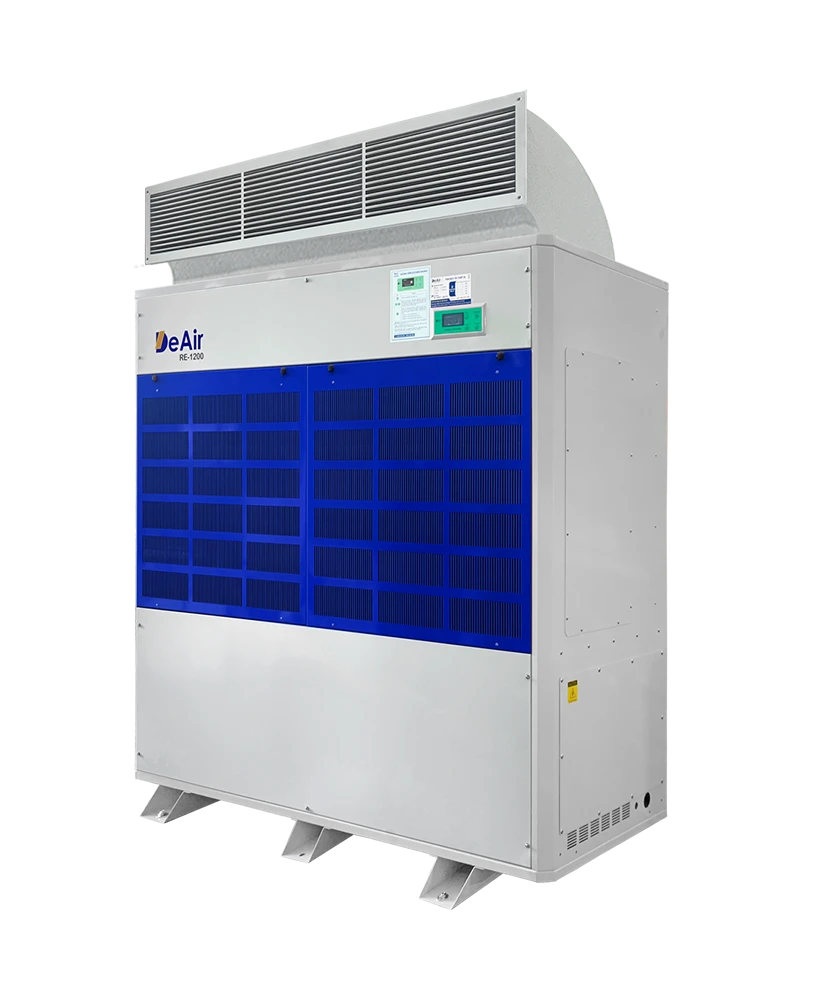 DeAir.RE
DeAir.RE -
Heat-Pump Dryer DeAir.RE-H
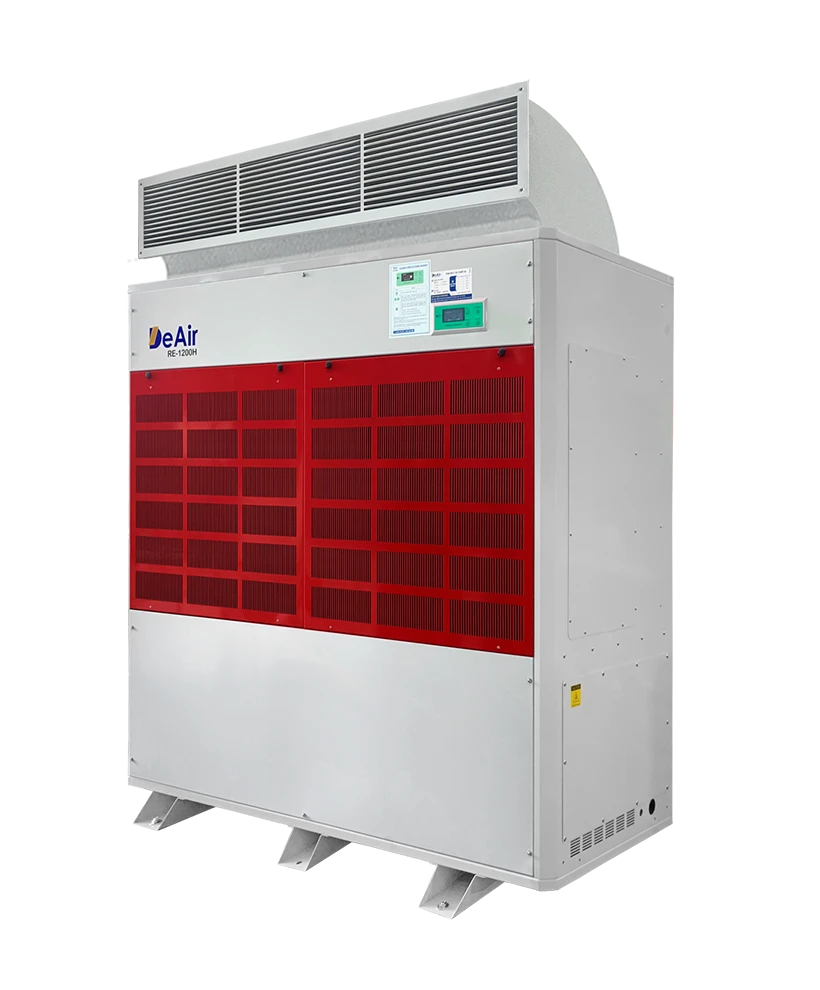 DeAir.RE-H
DeAir.RE-H -
Heat-Pump Stainless Steel Dehumidifier
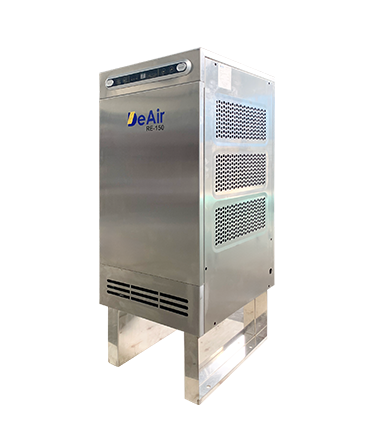 DeAir.RE-INOX
DeAir.RE-INOX -
Heat-Pump Isothermal Dehumidifier DeAir.CRE
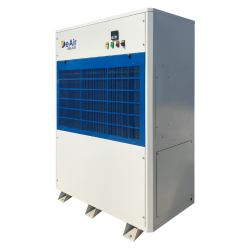 DeAir.CRE
DeAir.CRE -
Dezenno Dehumidifier
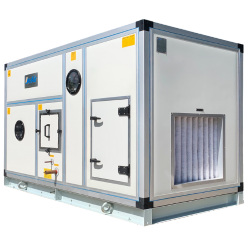 Dezenno
Dezenno -
Heat-Pump Ceiling Mounted Dehumidifier DeAir
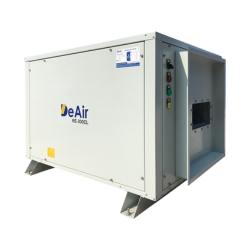 DeAir.RE-CL
DeAir.RE-CL -
Dehumidifier Olmas
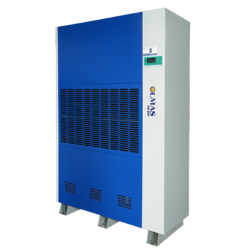 Olmas-OS
Olmas-OS -
Industrial Humidifier DeAir
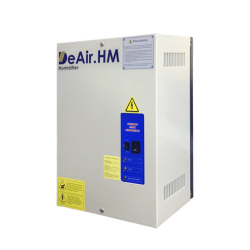 DeAir.HM
DeAir.HM -
Heat-Pump Dryer Daxwell
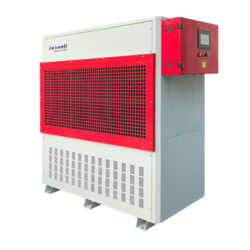 Daxwell
Daxwell -
Electric Duct Heater DeAir
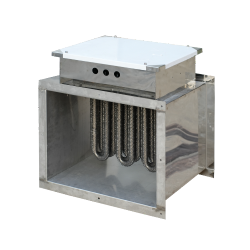 DeAir.Heat
DeAir.Heat -
Air Handling Unit Dezenno.MAX
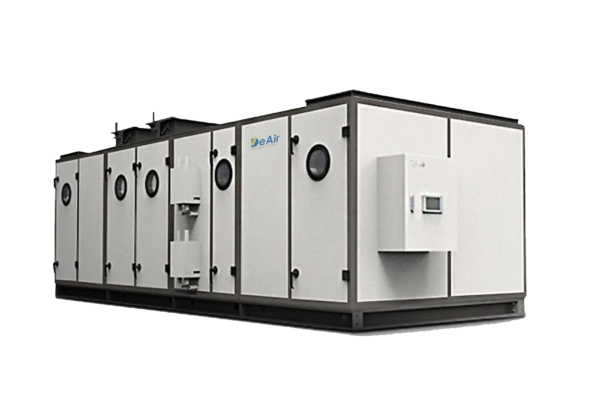 AHU
AHU
-
- Services
- Projects
- Warranty – Maintenance
- News
- Contact
HVAC Energy Optimization: Why Isothermal Dehumidifiers Are the Inevitable Trend
21/10/2025
From the History of Dehumidifiers to Future HVAC Trends: Why is the Isothermal Dehumidifier the Comprehensive Solution?
A dehumidifier is an essential device designed to remove excess moisture from the air, creating a more comfortable and healthier living and working environment. In the context of Vietnam's tropical humid climate, especially in Ho Chi Minh City and the southern provinces, the hot and humid weather (often above 80%RH and 32°C) is a "nightmare" for both people and sensitive manufacturing industries.
This article will take you on a journey through the history of dehumidification technology, analyze future trends for industrial dehumidifiers, and clarify why the DeAir.CRE isothermal dehumidifier is the inevitable trend in modern HVAC.
Table of Contents
- 1. The History of Dehumidification Technology
- 2. Future Trends for Industrial Dehumidifiers
- 3. Infographic: 3 Levels of Environmental Control Systems
- 4. DeAir.CRE Isothermal Dehumidifier: The Optimal HVAC Trend
- 5. Total Cost of Ownership (TCO) Analysis
- 6. Conclusion
- 7. Frequently Asked Questions (FAQ)
1. The History of Dehumidification Technology
Early Beginnings and the First Mechanical Invention
The earliest forms of dehumidification involved using natural desiccants like charcoal, ash, and quicklime. The major breakthrough came in 1902 when Willis Carrier (inventor of modern air conditioning) filed a patent for the first mechanical dehumidifier. This device worked by passing air over cold coils, causing moisture to condense. This principle is the foundation of modern condensing (compressor) dehumidifiers.
The Mid-20th Century and the Rise of Desiccant Technology
By the mid-20th century, portable dehumidifiers entered the market in the 1950s and became common in homes by the 1960s. Concurrently, desiccant technology was being developed, with the invention of the rotor dehumidifier in 1950 and the honeycomb desiccant wheel using silica gel in 1961.
The Modern Era: Performance Optimization
Today, dehumidifiers are more compact, quieter, and significantly more energy-efficient. Desiccant rotor technology allows for stable operation at very low temperatures, achieving ultra-low dew points (down to -70°C). The new trend focuses on smart technology, IoT connectivity, and energy efficiency.
2. Future Trends for Industrial Dehumidifiers
High-capacity dehumidifiers (typically >50 L/day) are critical for maintaining stable humidity in production areas, warehouses, and laboratories.
The Critical Role of Industrial Dehumidifiers
- Ensure Product Quality: Precise humidity control is an industry standard, protecting materials from damage like mold and rust (which accelerates above 60%RH). This is vital in sensitive sectors like pharmaceuticals, electronics, and wood processing.
- Protect Health and Productivity: Proper humidity levels protect worker health (reducing respiratory illnesses), which in turn boosts productivity.
Current Leading Technologies
The two main technologies in the industrial market are:
- Condensing Dehumidifiers: Use a compressor to cool coils and condense moisture.
- Pros: Lower price, low maintenance cost.
- Cons: Inefficient and risks icing up at low temperatures (<15°C). It also releases heat into the room.
- Desiccant Rotor Dehumidifiers (Dezenno): Use a silica gel wheel to absorb moisture, requiring a heater for regeneration.
- Pros: Precise control (can reach <5%RH) and stable operation at low or even sub-zero temperatures.
- Cons: More complex installation, higher cost, and typically uses more energy for the regeneration heater.
New Technology Trends (2025)
Future trends are focused on energy efficiency and intelligence:
- Heat Pump Technology: An advancement of the condensing type, it reuses the waste heat from the condenser, saving energy. This is DeAir's core technology.
- Smart Integration: IoT connectivity, remote control, scheduling, and maintenance alerts.
- Energy Saving (Inverter): Inverter technology to optimize power consumption.
- "Green Export" Trend: Businesses now prefer energy-saving equipment like DeAir's Heat Pump line to meet international environmental standards.
3. Infographic: 3 Levels of Environmental Control Systems
The 3 Levels of Environmental Control in a Factory
LEVEL 1: BASIC
Air Conditioning (AC) Only
Result: Good cooling, some passive dehumidification. However, %RH cannot be controlled and is often not low enough.
LEVEL 2: COMMON (WASTEFUL)
AC + Standard Dehumidifier
Result: %RH is controlled, but the dehumidifier radiates heat 🥵, fighting the AC and forcing both to work harder ➔ Serious energy waste.
LEVEL 3: OPTIMAL (The Trend)
AC + Isothermal Dehumidifier
Result: Precise %RH control. The dehumidifier radiates no heat ❄️, eliminating the conflict ➔ Optimizes total HVAC operating costs.
4. DeAir.CRE Isothermal Dehumidifier: The Optimal HVAC Trend
The introduction of the DeAir.CRE Isothermal Dehumidifier is a strategic breakthrough, directly solving the long-standing problem of energy waste in industrial HVAC systems.
DeAir.CRE Isothermal Technology: Breaking the Energy Conflict
"Isothermal" means the dehumidification process occurs without changing the output air temperature. The operating principle of the DeAir.CRE is intelligent:
- Moisture Removal: Hot, humid air (e.g., 32°C - 80%RH) is drawn into the unit and deeply cooled by the Heat Pump technology to condense moisture.
- Heat Rejection (The Core Difference): The heat generated from the condensation process is rejected to the **outside environment** via a separate condensing unit, much like a split-system AC.
- Stable Air Return: The dry air is returned to the room at the same (or even a slightly cooler) temperature as the inlet air.
Result: The energy conflict between the AC and the dehumidifier is completely resolved.

Why DeAir.CRE is the Inevitable HVAC Trend
Isothermal technology is a mandatory requirement for many sensitive applications where simultaneous and precise control of both temperature and humidity is critical, as analyzed by professional associations like ASHRAE.
| Application | Technical Requirement | Why Isothermal (DeAir.CRE) is Needed |
|---|---|---|
| Labs, Pharmaceuticals | Precise, stable control of both temp & humidity (e.g., 22°C, 50%RH). | A heat-radiating dehumidifier would destroy the standard environment. |
| Data Centers, Server Rooms | Very high heat load; cooling is the absolute priority. | Adding any heat-generating device is "forbidden". |
| Museums & Archives | Protect artifacts from mold and thermal shock. | Guarantees stable temperature to protect sensitive assets. |
| High-End Food Drying | Cooling/drying at low, stable temps (e.g., chocolate, dried mango). | Prevents moisture regain without hindering the cooling process. |
5. Total Cost of Ownership (TCO) Analysis
Although the initial investment cost (CAPEX) for a DeAir.CRE isothermal dehumidifier may be higher than a standard condensing unit, it is a smarter and more sustainable economic investment when considering the Total Cost of Ownership (TCO) over 3-5 years. The energy savings from the air conditioning system not having to overwork to compensate for extra heat will quickly offset the initial cost difference.

6. Conclusion
From simple buckets to 20th-century mechanical devices and today's ultra-dry rotor technology, the dehumidifier has become an indispensable tool. Looking to the future, modern HVAC solutions must focus on energy optimization and the precise, simultaneous control of both temperature and humidity. The DeAir.CRE Isothermal Dehumidifier is the comprehensive answer to this challenge.
DeAir is proud to be a reputable manufacturer of dehumidifiers, AHUs, and HVAC equipment in Vietnam, mastering the DeAir.CRE isothermal heat pump technology and providing the specialized Dezenno rotor line.
7. Frequently Asked Questions (FAQ)
1. How is a DeAir.CRE isothermal dehumidifier different from a regular air conditioner?
An AC is designed primarily to cool (reduce sensible heat); its dehumidification is a secondary, uncontrolled effect. The DeAir.CRE is designed specifically to remove moisture (reduce latent load) powerfully, while ensuring the room's temperature is not affected (it does not cool or heat).
2. Is installing the external heat exchanger complicated?
The installation is similar to that of a split-system air conditioner's outdoor unit. A technician will connect the external condenser to the internal unit via copper piping. DeAir's technical team handles this entire process quickly and professionally.
3. When should I choose a standard DeAir.RE versus an isothermal DeAir.CRE?
You should choose the standard DeAir.RE for general warehouses or production areas that do not have strict temperature control. You must choose the DeAir.CRE (Isothermal) if your space is already air-conditioned or is a temperature-sensitive area where the temperature must be kept absolutely stable.
Don't Let Your HVAC System Fight Itself!
Contact DeAir's experts today for a consultation on the isothermal solution - the inevitable trend for optimizing your business's operating costs.
DEAIR JOINT STOCK COMPANY
Email: operation@deair.com.vn
Hotline: +84 925 977 579 (Ms. Tam) | +84 914 205 850 (Ms. Hoa)
Website: deair.com.vn
Sign up for news from DeAir
Related news










![[Case Study] DeAir Installs DeAir.De Rotor Humidity Control System for Pharmaceutical Plant in Binh Duong [Case Study] DeAir Installs DeAir.De Rotor Humidity Control System for Pharmaceutical Plant in Binh Duong](https://deair.com.vn/thumbs/news/2023_04/ban_giao_may_cho_duoc_bd/[270x153-cr]image1-1024x772.jpg__cv.webp)

![[Review & Guide] Olmas OS-300: The New Humidity Control "Warrior" for Medium to Large Warehouses [Review & Guide] Olmas OS-300: The New Humidity Control "Warrior" for Medium to Large Warehouses](https://deair.com.vn/thumbs/news/huong_dan_su_dung_may_olmas_21/[270x153-cr]vtm06440.png)